What’s With The Altitude Problem?
Hola Amigos! Yes, that’s right, we have sailed our way into yet another continent, this time the wonderful South America! The journey was really exciting as we actually time travelled, crossing the international date line and arriving in South America exactly five hours earlier than when we departed from beautiful New Zealand after an eleven-hour flight! Word of warning, the jet lag was mean, creeping up on me at exactly 3.41 a.m. every night for a whole week. Urgh.
Anyway, we started our Latin American adventure in deepest darkest Peru (Paddington Bear fans, you know what I’m talking about), and these last couple of weeks have been ridiculously insane. We have eaten some of the most delicious food known to man, made some great friends, learnt about Peru’s rich history, explored mysterious Incan ruins and pushed our bodies to the limit, all with a good dose of laughter and fun. I am pretty sure that in every blog post I say the experience keeps getting better and better, but Peru is honestly the most diverse and historically rich country we have been to and it certainly deserves a visit from you all in your lifetime.
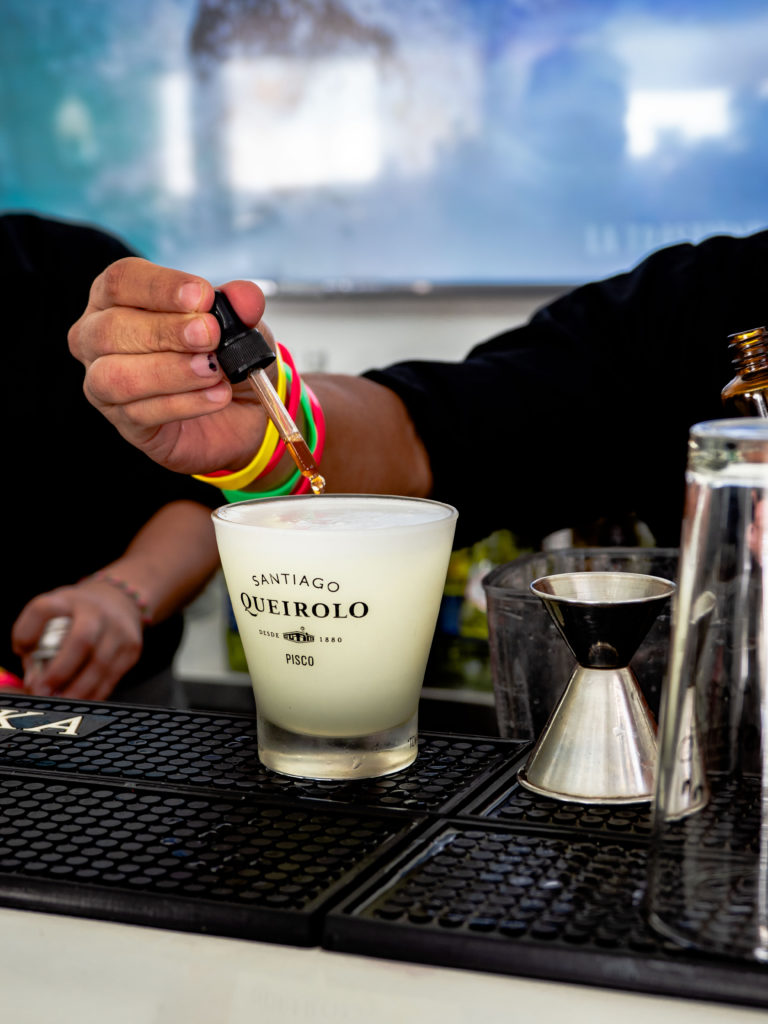
We started out in Peru’s capital city, Lima. As we are foodies, we were excited to explore Lima for the following reasons: 1) Lima has gained a reputation for having some of the most creative chefs in the world, hosting several of the world’s top ten restaurants; 2) we love ceviche, that wonderful dish of succulent fresh fish soaked in a tasty limey concoction, so we couldn’t wait to try the stuff in its home town; and 3) we are greedy mofos, simple as. Bearing in mind that we are the Resignated Survivors and are sticking to very modest budget, we couldn’t quite justify blowing it all on one triple Michelin starred meal (much to my disappointment), however what we did do was join the Gourmet Food Tour, which took us to several different establishments around the city to sample the best of the best. Winning! We were taught to make Pisco sours by the sea, learned about traditional Amazonian cuisine (which is not the same as the Peruvian food we knew and loved, but was delicious all the same), and feasted on some typical Peruvian tapas (including Guinea Pig, a traditional Peruvian delicacy!). We also gorged on all the ceviche we could find and overall we think we did Peru proud on the food front.
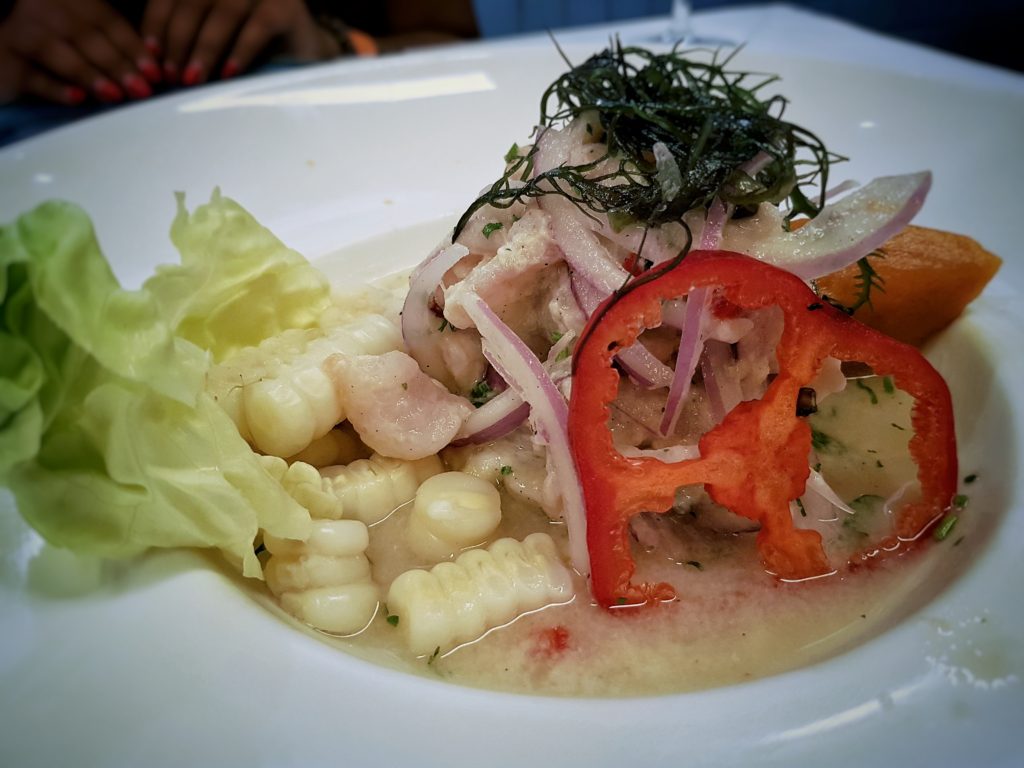
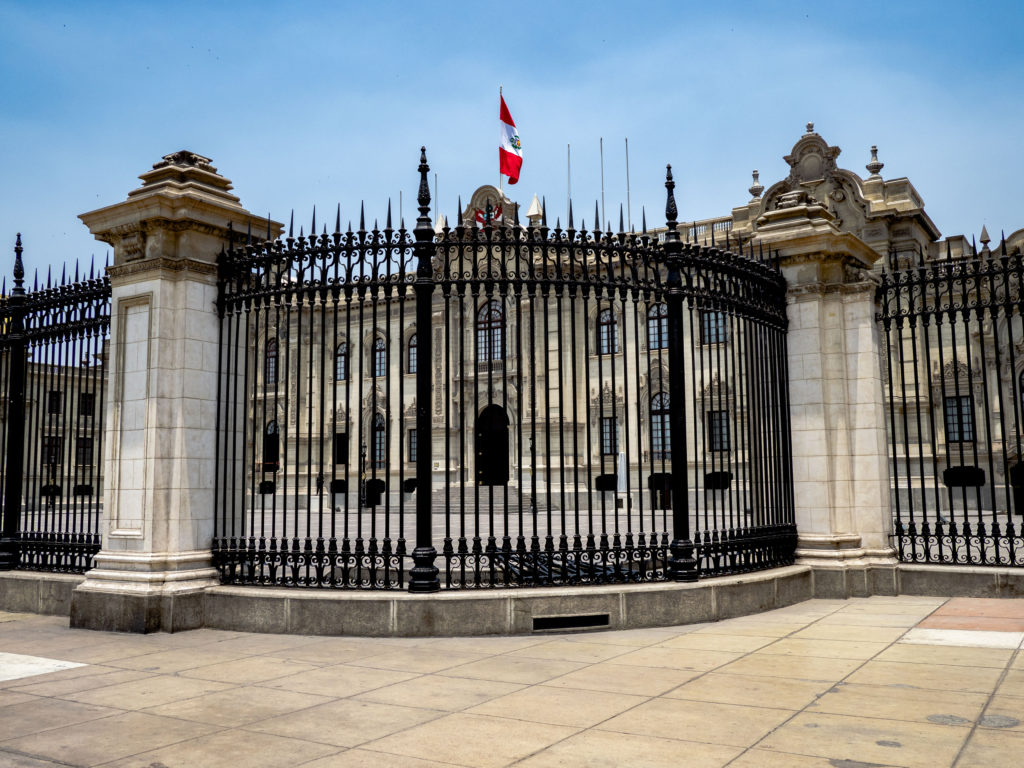
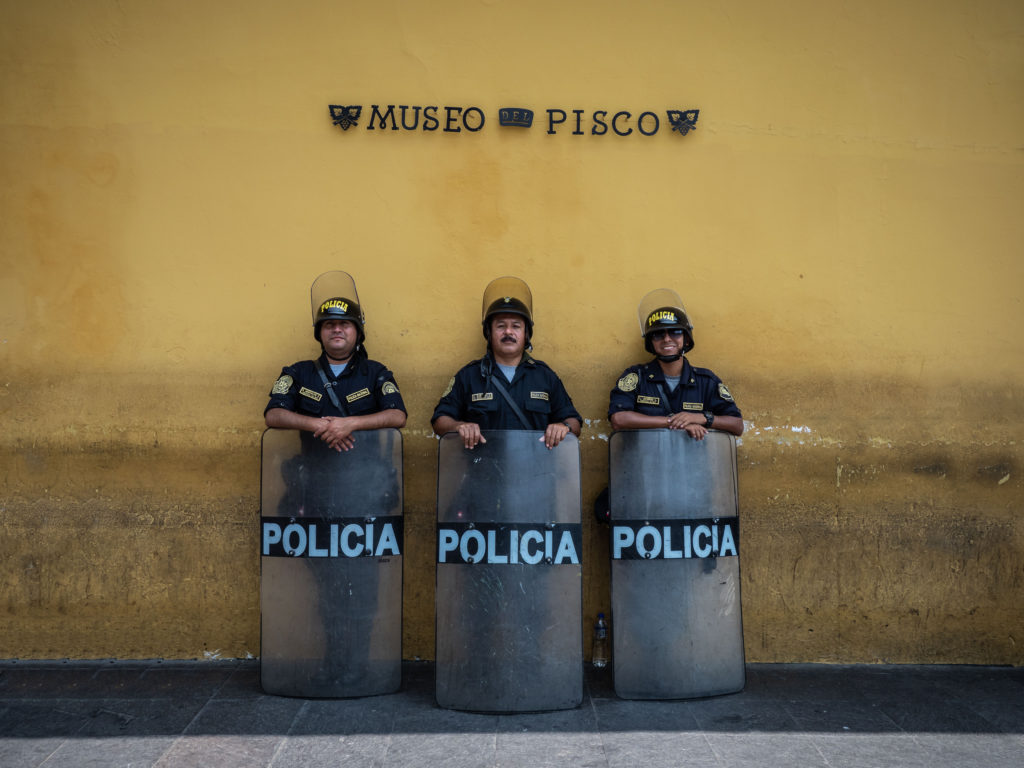
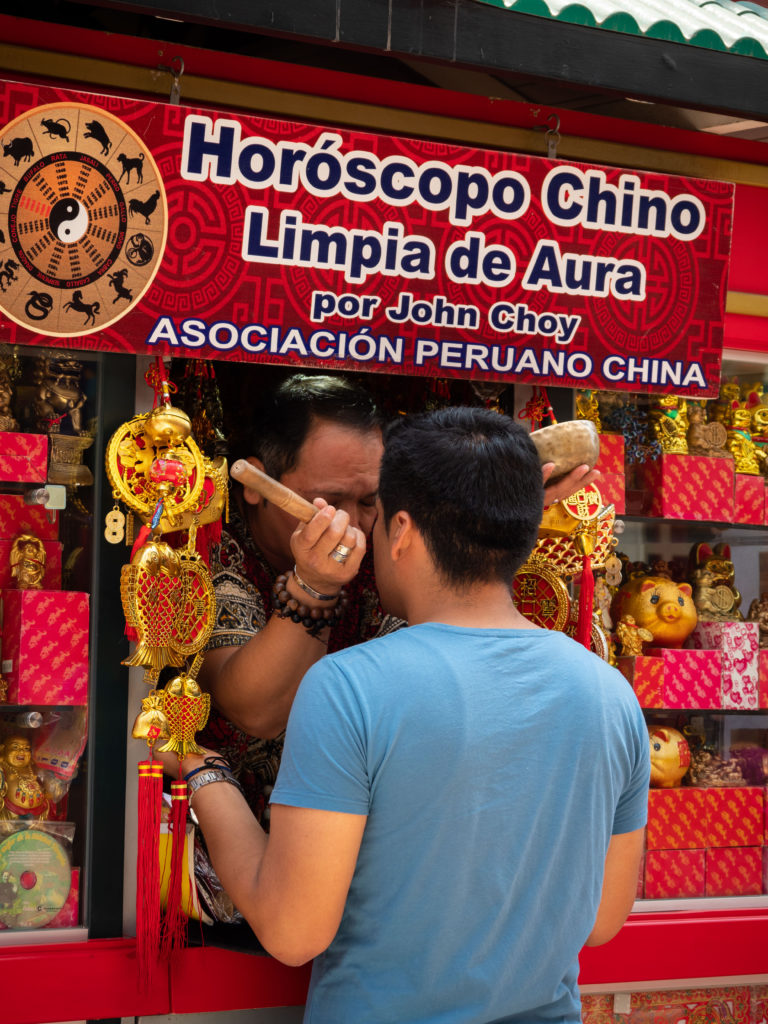
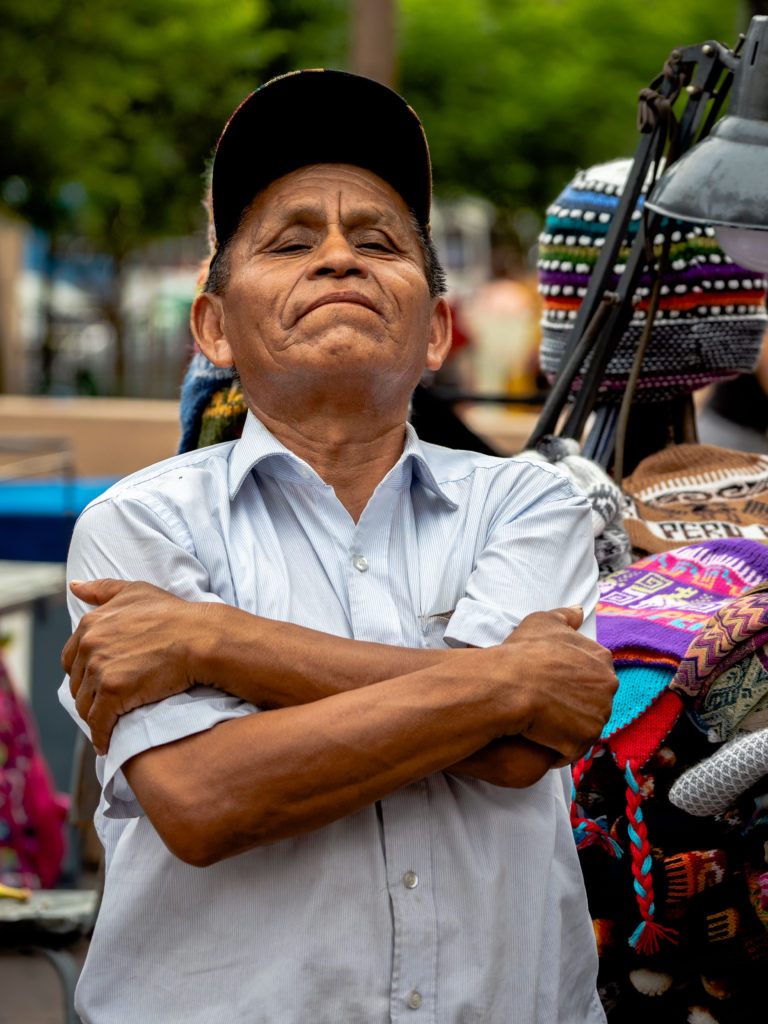
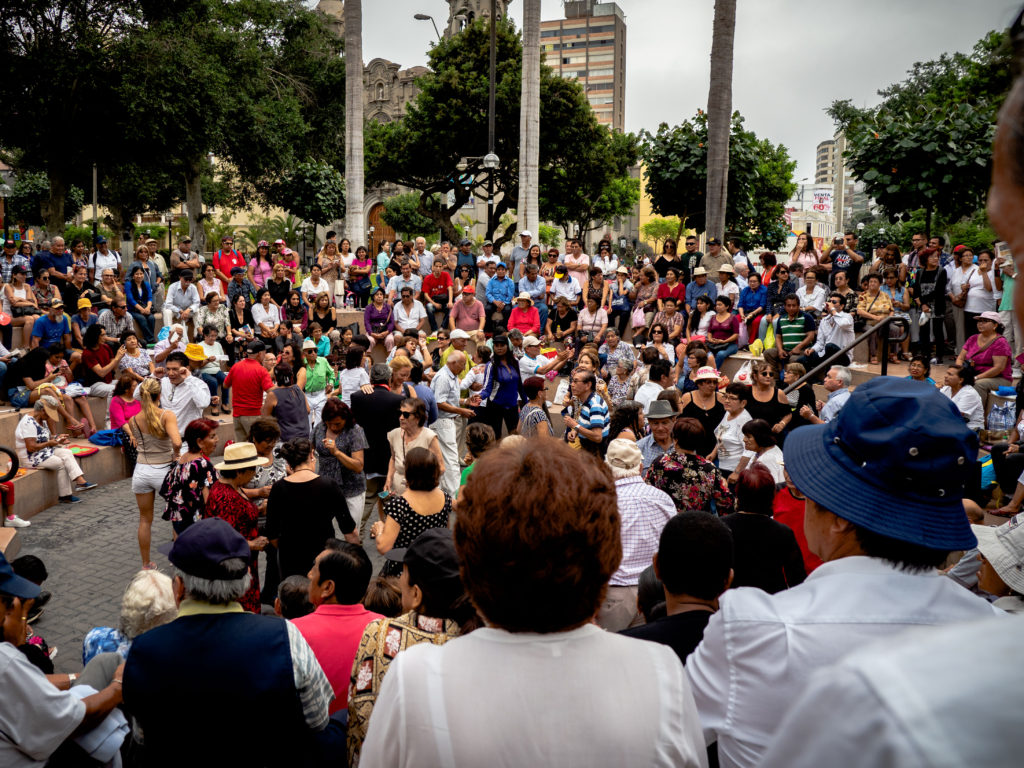
Around five kilos heavier, it was time to burn it off! We joined a tour group and flew to Cusco, one of the highest cities in the world perched up in the Andes at 3,800 metres. We’d been warned about the altitude sickness and were nervous, but generally we were fine (besides a few dodgy tummies and a two-day splitting headache). This city was known as the capital of the Incan empire and it is full of beautiful ruins, historic buildings and museums dedicated to lost ancient Incan artefacts. Peruvians are very much attached to their history and it was amazing to see elements of it in all aspects of life. We visited a community of women and children who produce weaved goods made from alpaca wool and we learnt the process from cleaning to dyeing to weaving. They wear traditional hats (depending on which way the hat is turned indicates whether that woman is single or married!), they live a basic life all whilst their husbands work away from home as porters and chefs along the Inca trail (more on this from Mr RS later).
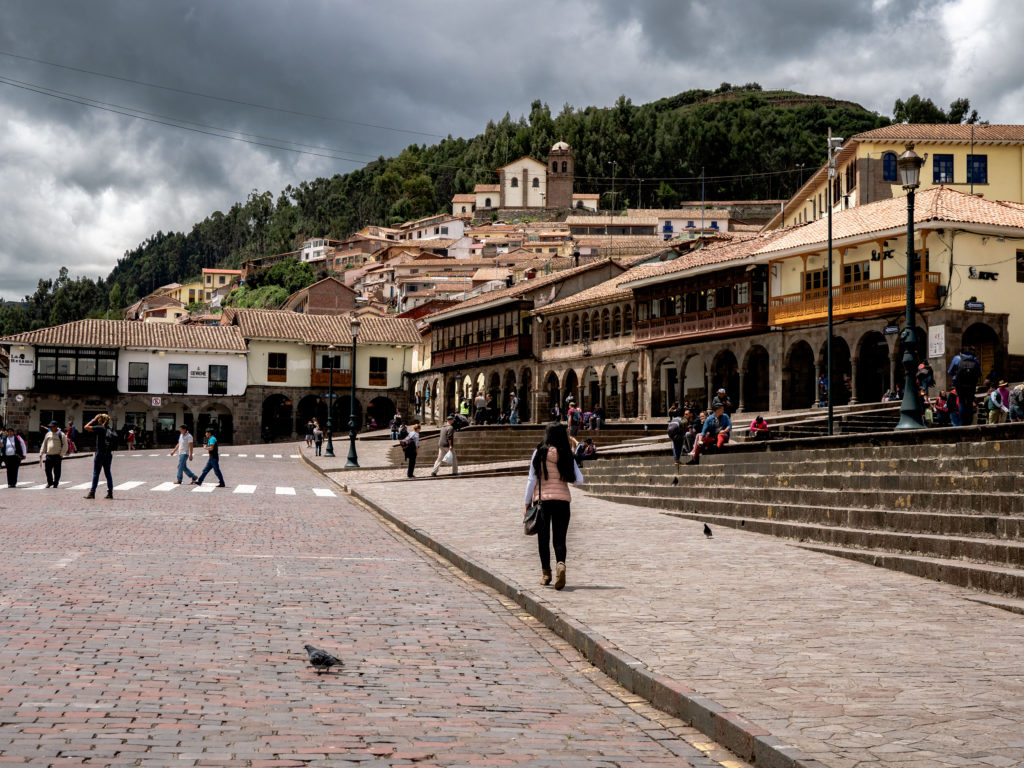

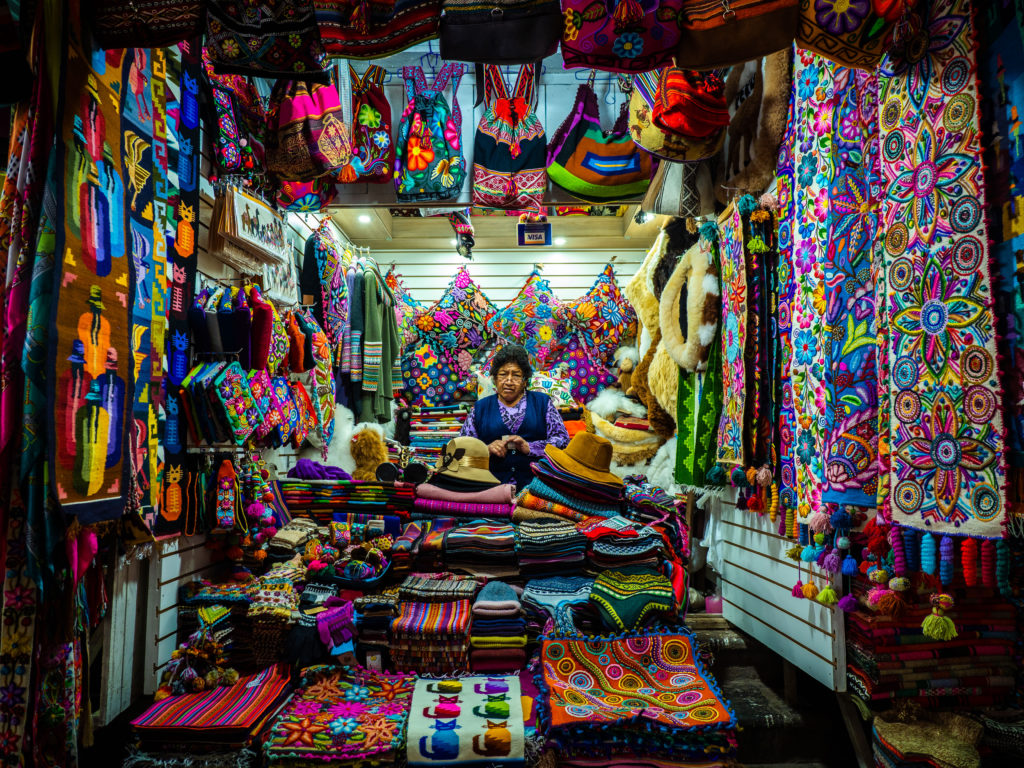
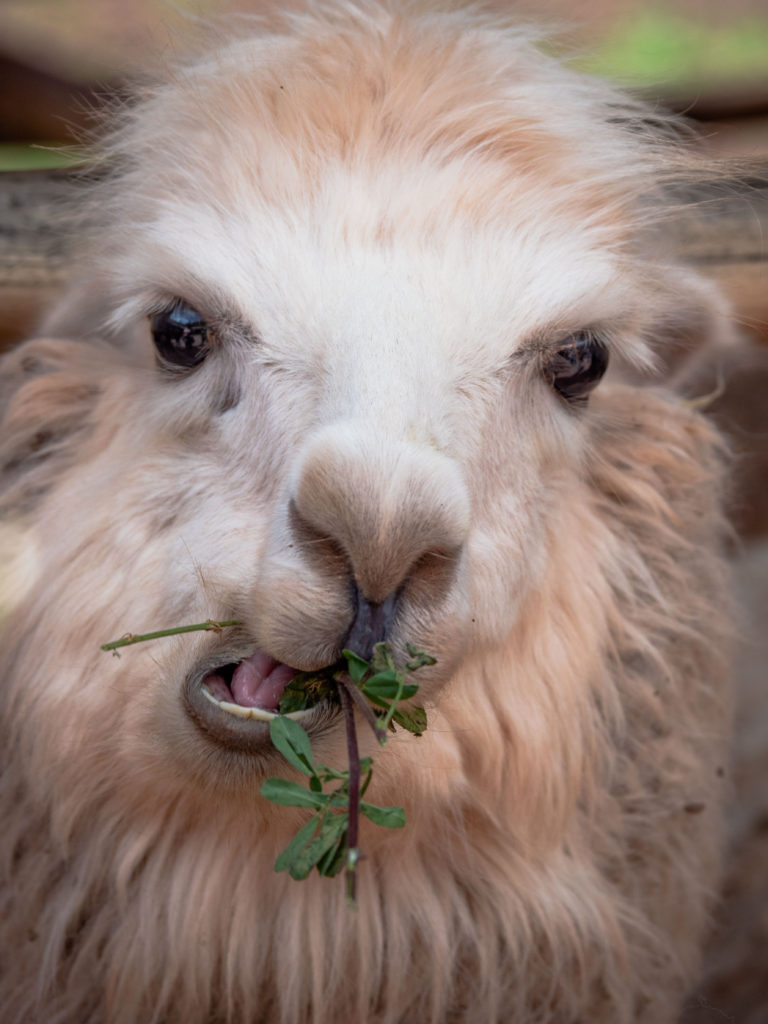
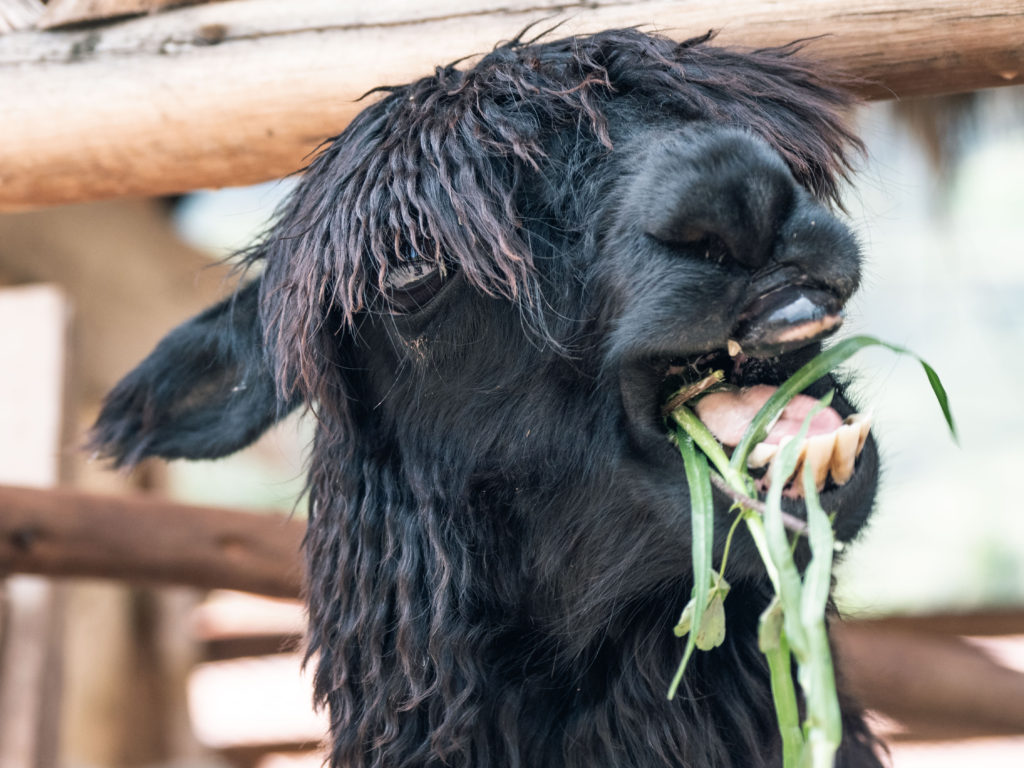
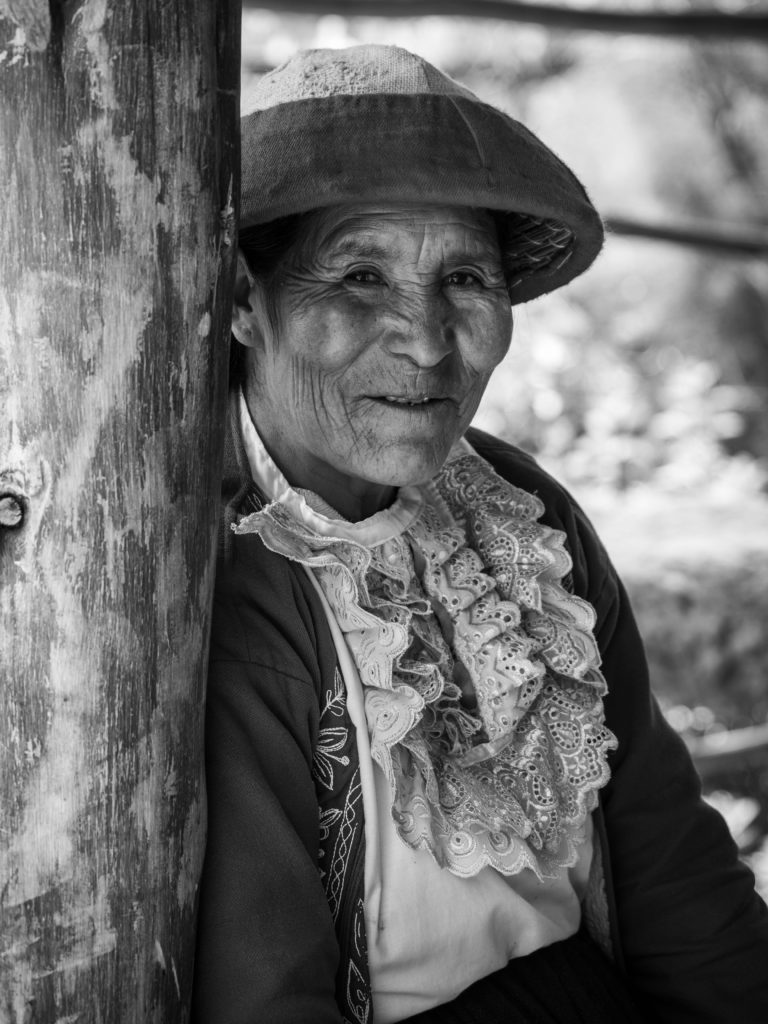
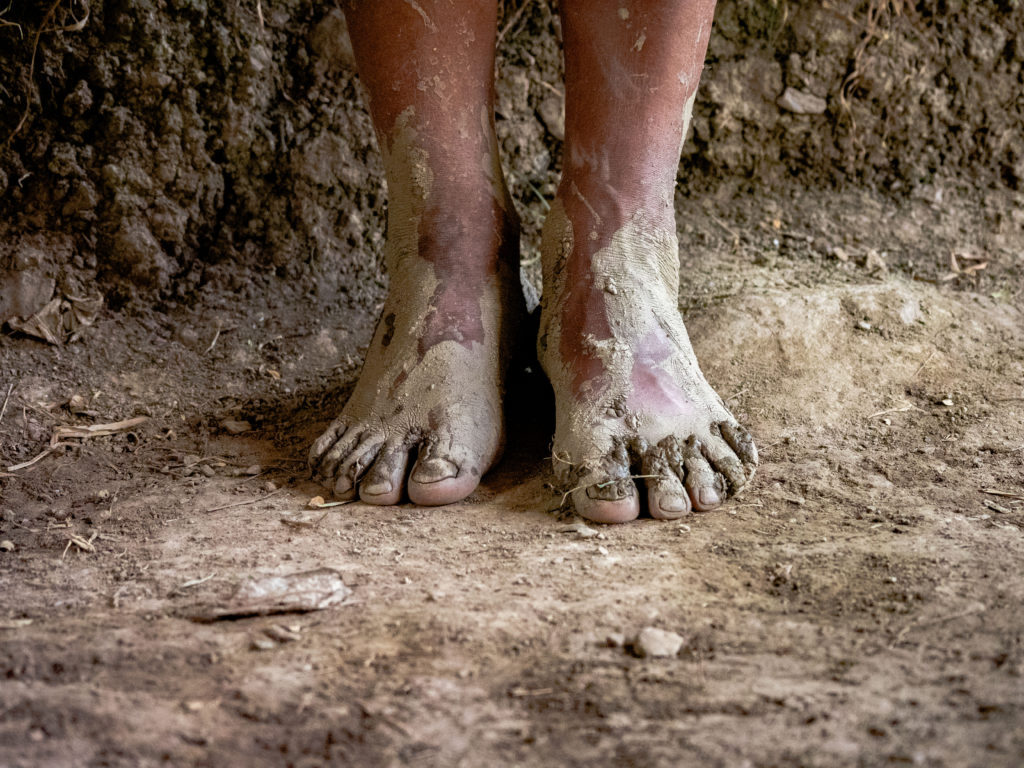
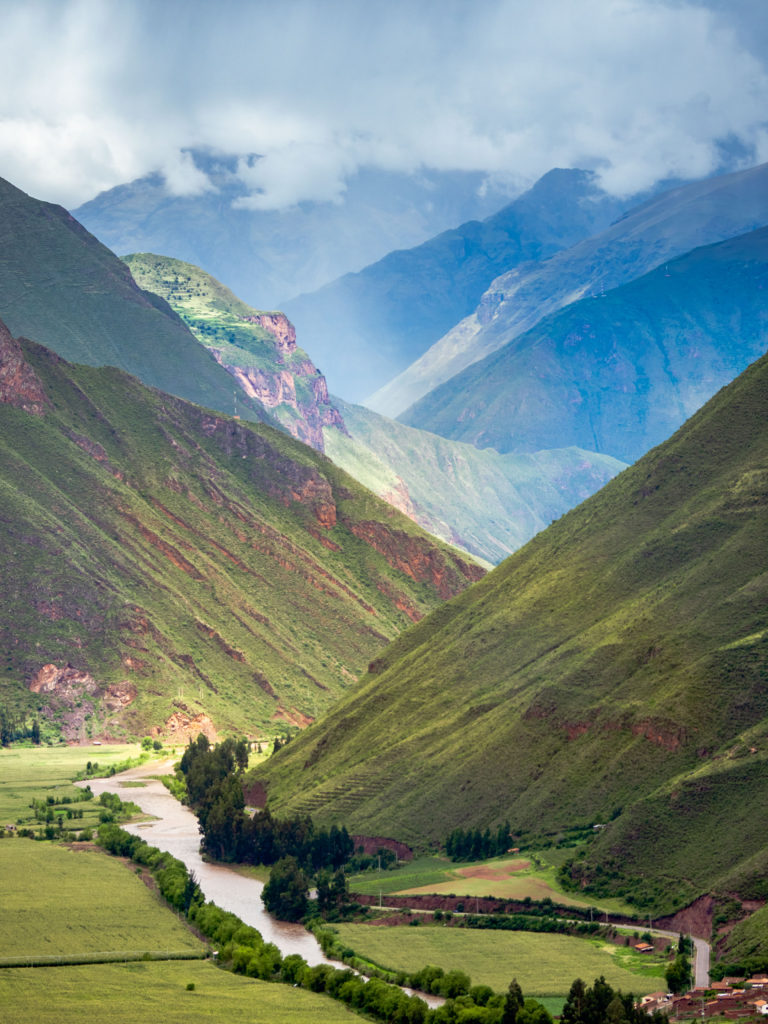
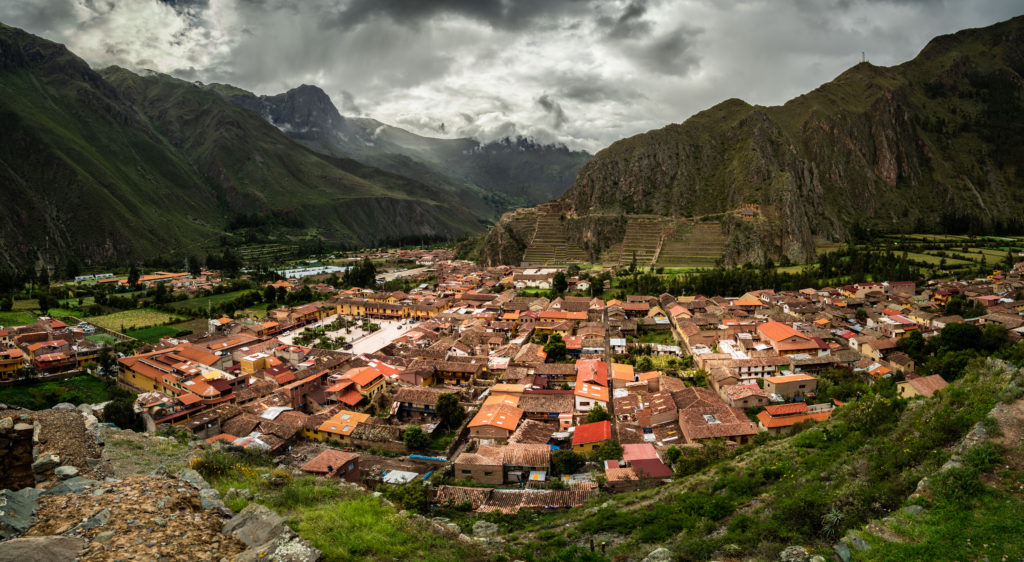
For the first time in four months, the Resignated Survivors parted ways for three whole days! I decided not to risk a knee injury and getting stuck halfway up a mountain with no way of getting down, so Mr RS headed off to experience one of the toughest challenges of his life – the classic Inca trail, starting at kilometre 82 and trekking for four days towards Machu Picchu (more on his experiences below). I spent the time exploring more of the Incan history, including the Maras salt mines (an insta-worthy landscape full of pink-hued salt mines arranged rather similar to rice terraces), Moray (a striking series of circular terraces built into the ground by the Incas, the purpose of which was to create different temperatures for nurturing up to 2400 different ecosystems), and Sacsayhuaman*, an incredibly well-preserved ancient Incan citadel perched high above Cusco. It was an enriching and fun-filled few days, spent absorbing Peruvian culture old and new, eating ALL the food and of course indulging in more of Peru’s national drink. I then hopped onto a wonderful scenic train reminiscent of something like the Orient Express, which took me right up to the town of Aguas Calientes, from which you can get a bus up to Machu Picchu. I was reunited with Mr RS up here, where I could certainly smell him before I could see him! That moment of reunion was wonderful, not least because the view from Macchu Picchu is one of the most incredible and breathtaking scenes I have ever been privileged to witness and Pachamama (Quechuan for “Mother Earth”) once again did not disappoint.
*pronounced a bit like “Sexy Woman”
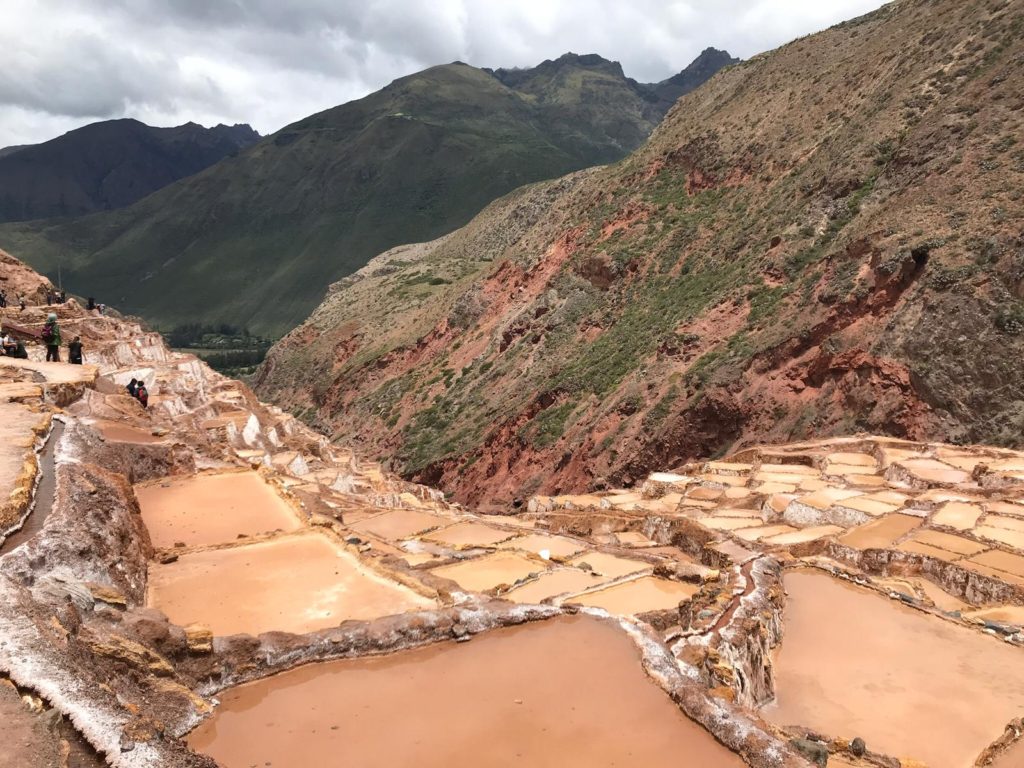
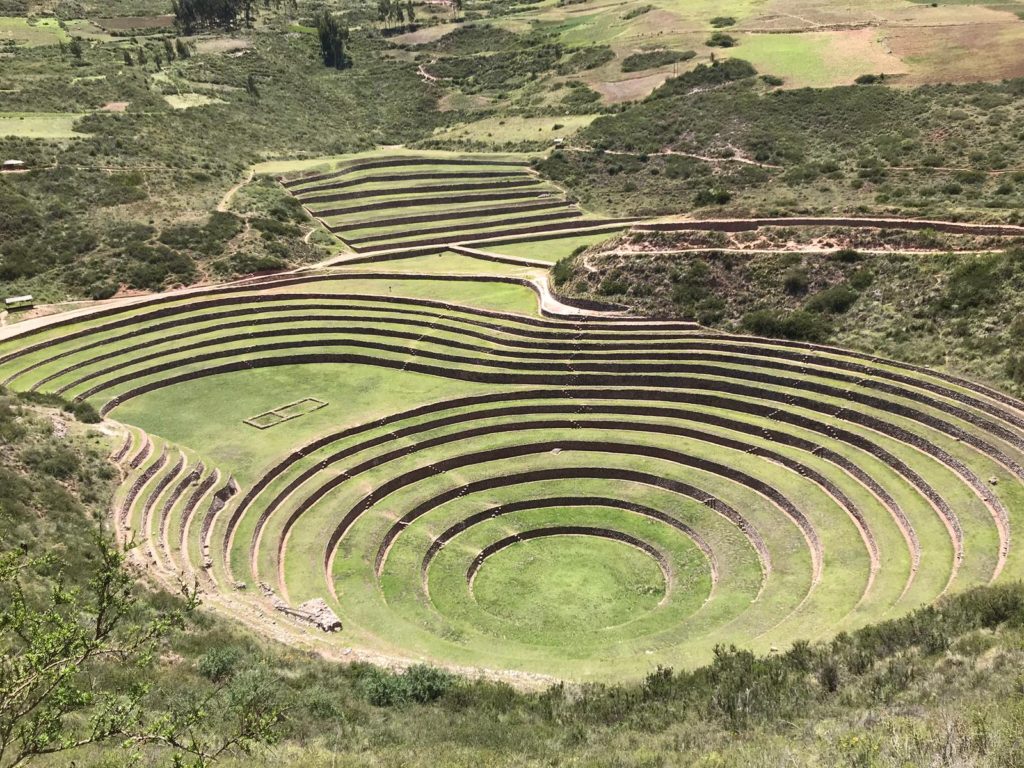
Tales of The Inca Trail by Mr RS
The Inca Trail is known for being one of the most famous hikes in the world. Put simply, it is the path forged by the Incan Empire in the 14-1500’s to reach their various sites and most notably, Machu Picchu, the citadel of the Incan Empire. Now, ordinarily, if I were to create a new path to a hidden sanctuary, I’d make it a nice comfortable and convenient path which only I would know of.
The Incan Empire however decided that a 44km trail of uneven terrain, at ridiculous altitudes and inclines was the best way forward. There are two ways to get to Machu Picchu to see it in all its glory; by train or by foot.
For reasons unbeknownst to me, I chose to go by foot. I will try to articulate my experience as best as possible.
I signed up for the classic hike which takes 4 days. My group consisted of 13 other people who didn’t mind a gruelling few days.
Day 1
We departed our hotel in Ollantaytambo at 8am and made our way to the aptly named Kilometre 82, otherwise known as the start of the Inca Trail.
Here we met with our wonderful G Adventures porters and chefs who as you will find out shortly are the real superheroes of this world! We ensured we had all our supplies and equipment and made our way through the passport check-in counter and then onto the trail.
Day 1 was relatively easy, gradual inclines and declines throughout and the altitude didn’t seem to be much of an issue. Though we did cover a lot of ground (approx. 11km).
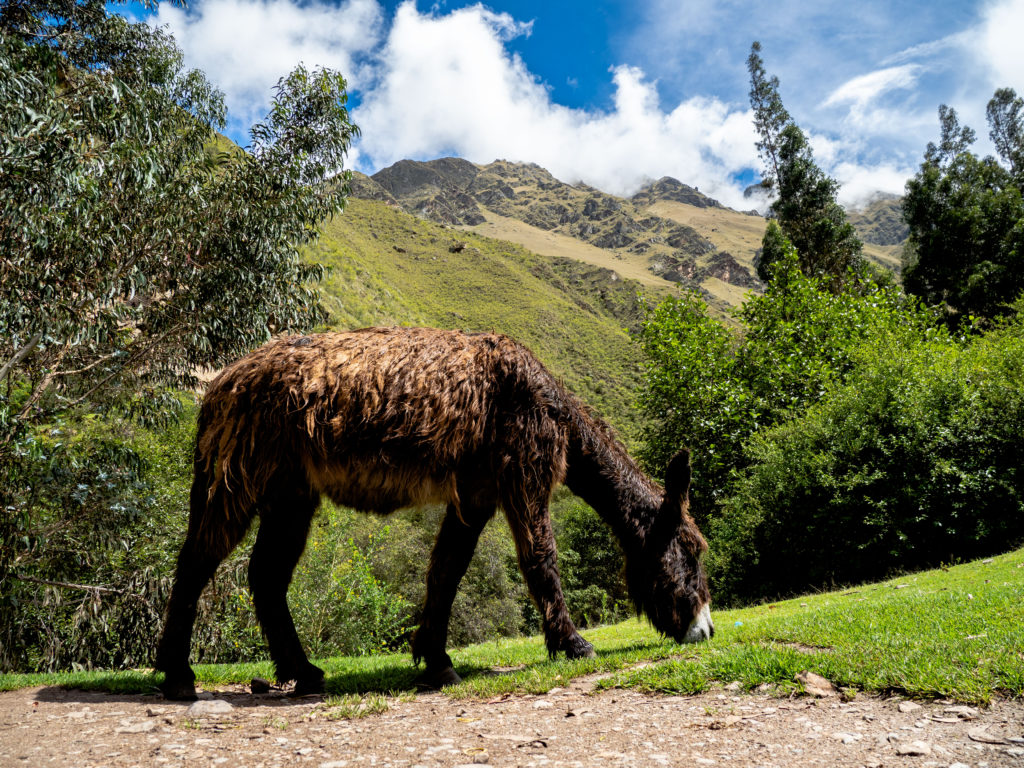
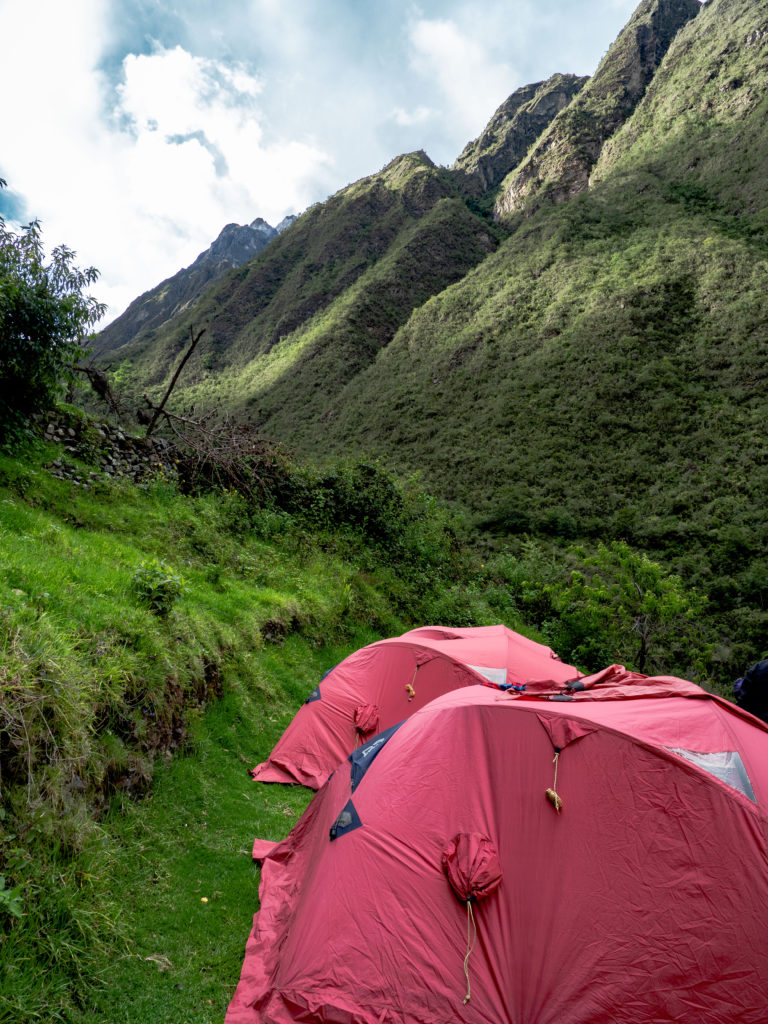
Day 2
For any Inca Trail hiker, day 2 is the most dreaded day. It’s approx. 12km of mostly steep incline to the summit of Dead Woman’s Pass. It’s called this due to its shape however after the gruelling few hours of hiking there, I thought it was going to be Dead Man’s Pass for sure. After having reached Dead Woman’s Pass, it was another 2 hour steep decline to our campsite.
There were definitely times where I had regretted my decision to do the hike instead of catching the train. The peak altitude we climbed to was 4,215m. This really was a case of blood, sweat and (almost) tears. Well, the blood was from a small cut from my swiss army knife after having cut an orange, not quite a war wound but still, blood is blood.
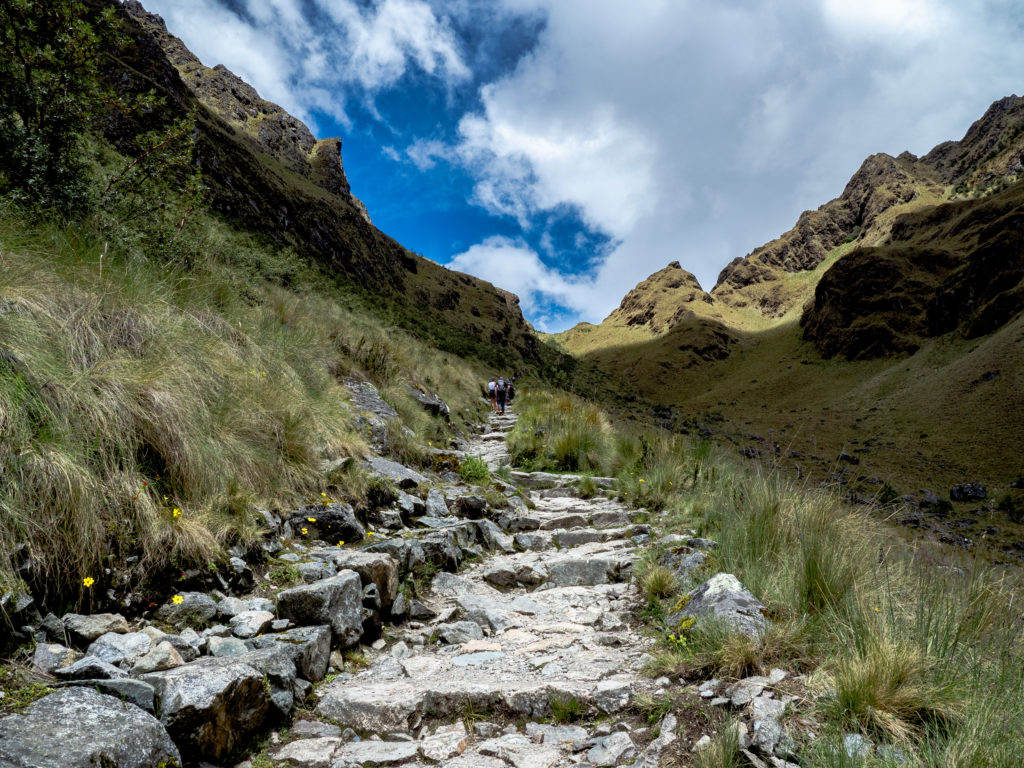
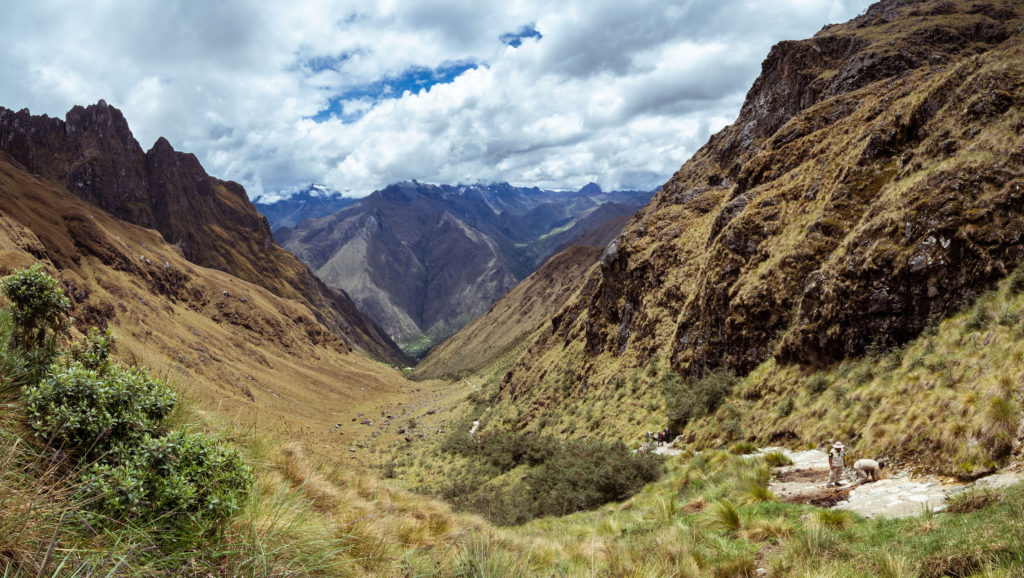
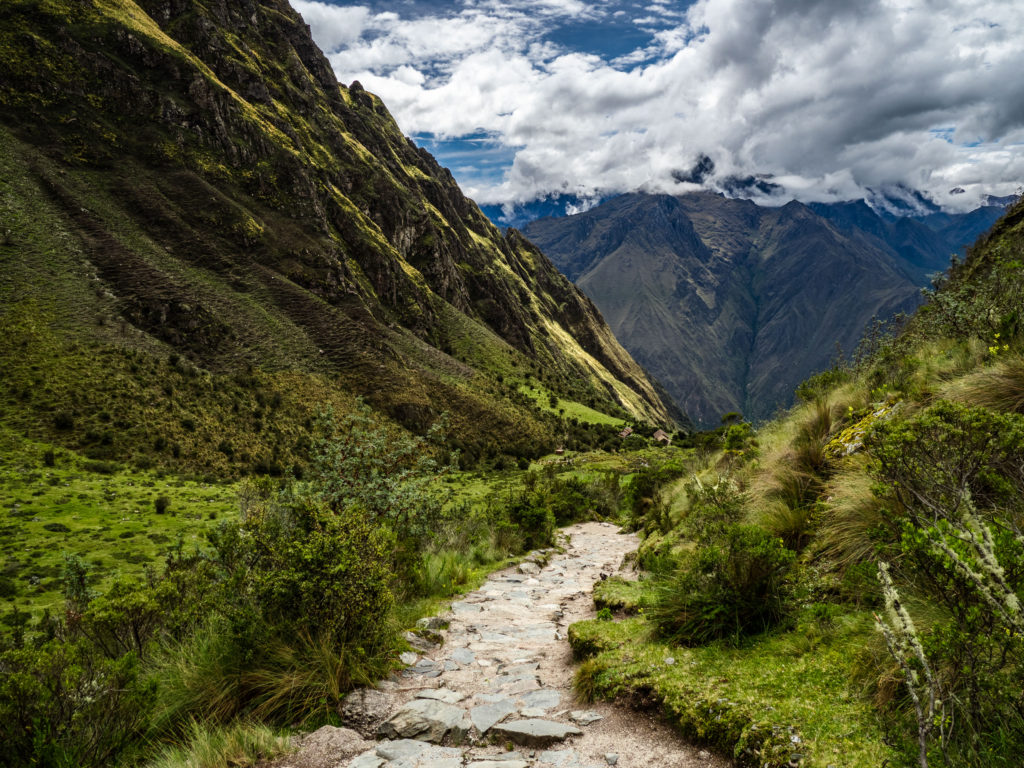

Day 3
This was supposed to be an easy day. We left at 6am and the first couple of hours was a steep incline, much like Day 2. It was incredibly tough but once it was over, it meant the rest of the day would be relatively easier. It was our longest day topping out at 16km in total. After the initial climb, it was up and down for the rest of the day tailing off at mostly downhill. It was also by far the most beautiful day as we visited a few Inca sites along the way and the views of the Sacred Valley were stunning.
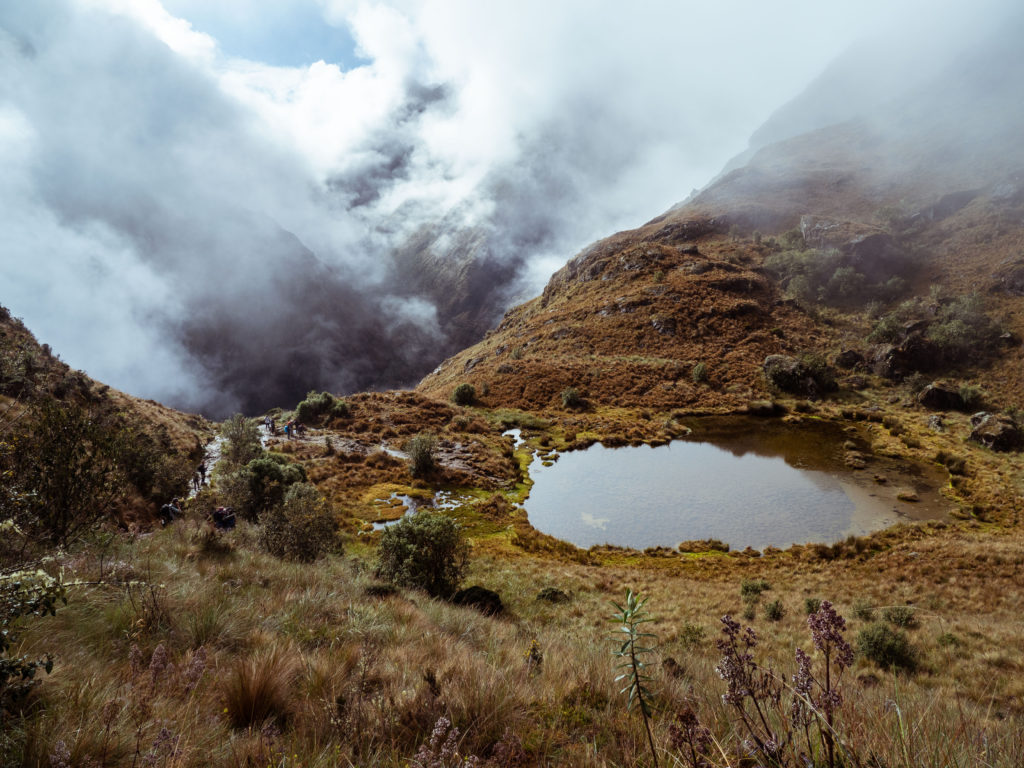
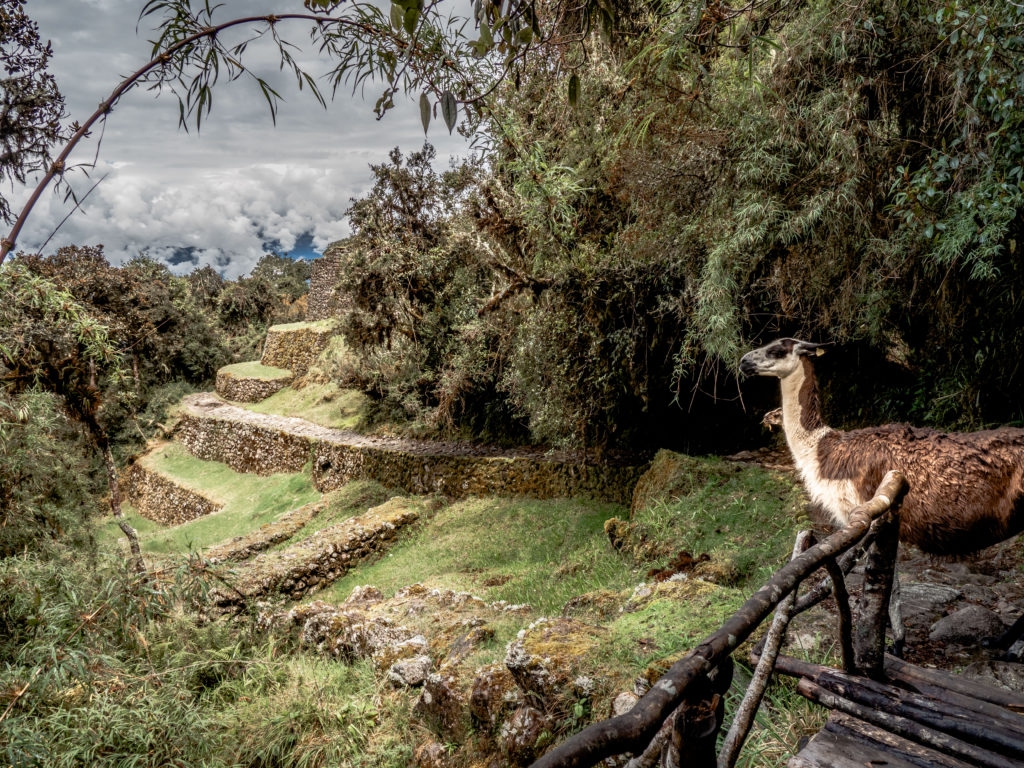
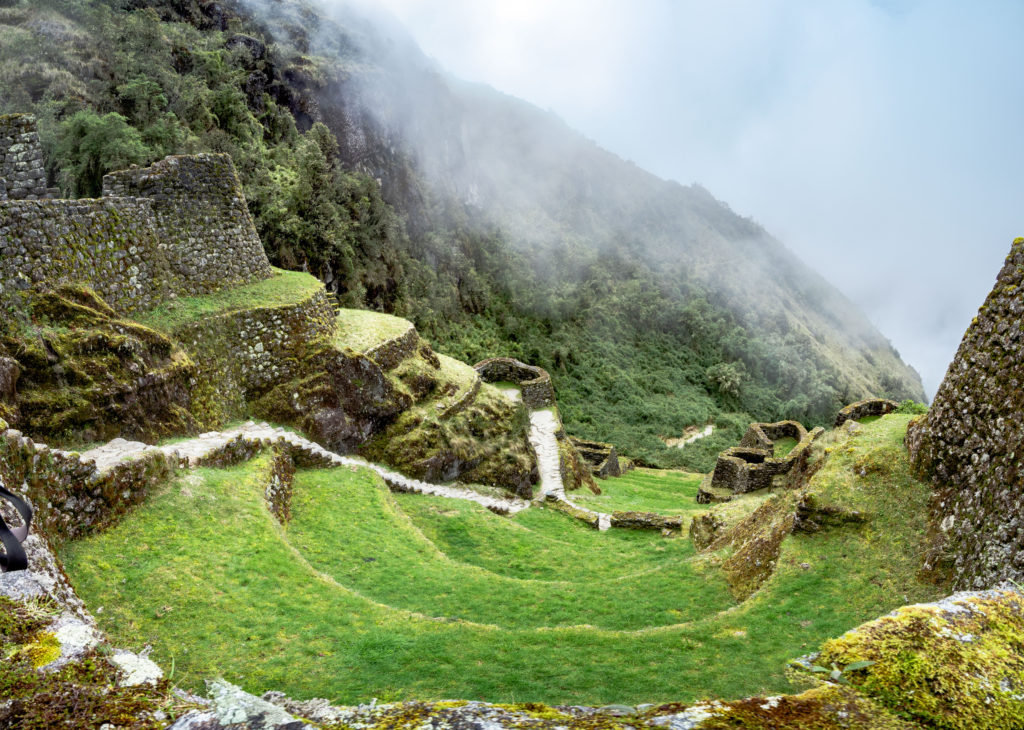
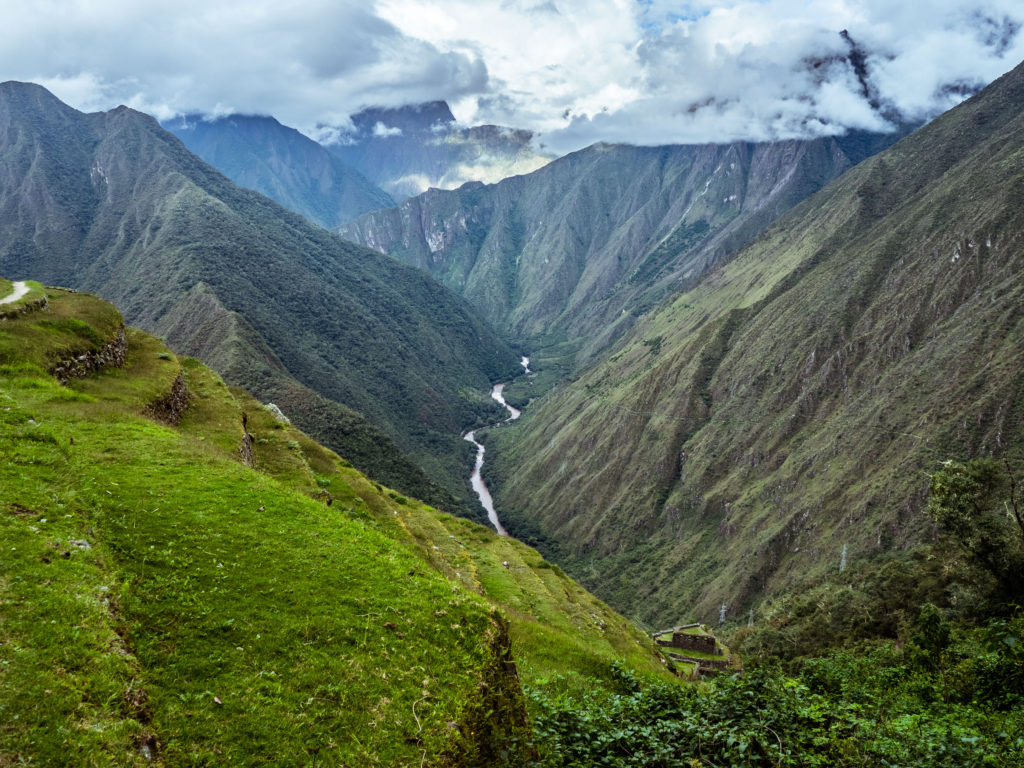
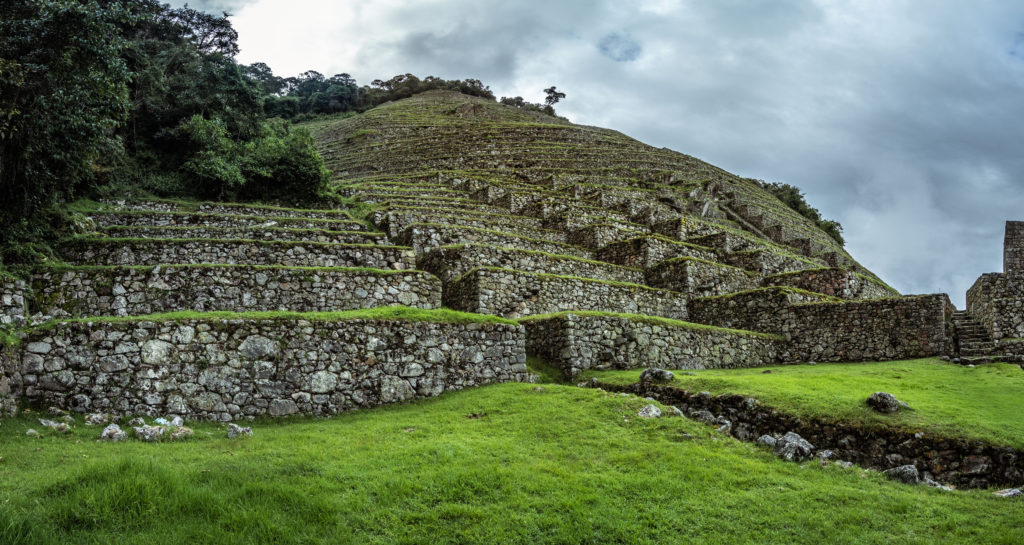
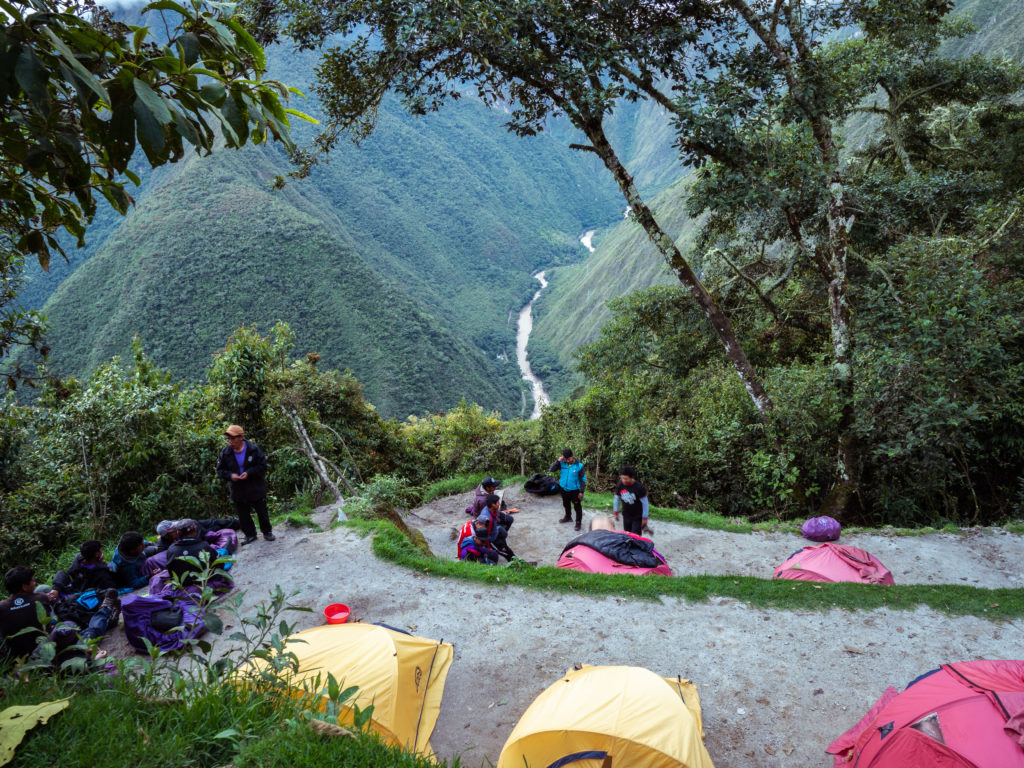
Day 4
This was it, the final few hours of walking and we were rewarded with Machu Picchu. It’s what we all came here for. That, and I got to be reunited with Mrs RS. It was worth it in the end. We were up at 3am and had to leave at 4am. We started off the walk in darkness using our headlamps and made it to the Sun Gate at around 7.30am. Here we caught our first glimpse of Machu Picchu in the distance amongst stunning vistas. From there we made our way to Machu Picchu and after a mere 45 minutes, we had made it. We had covered approx. 4km on Day 4.
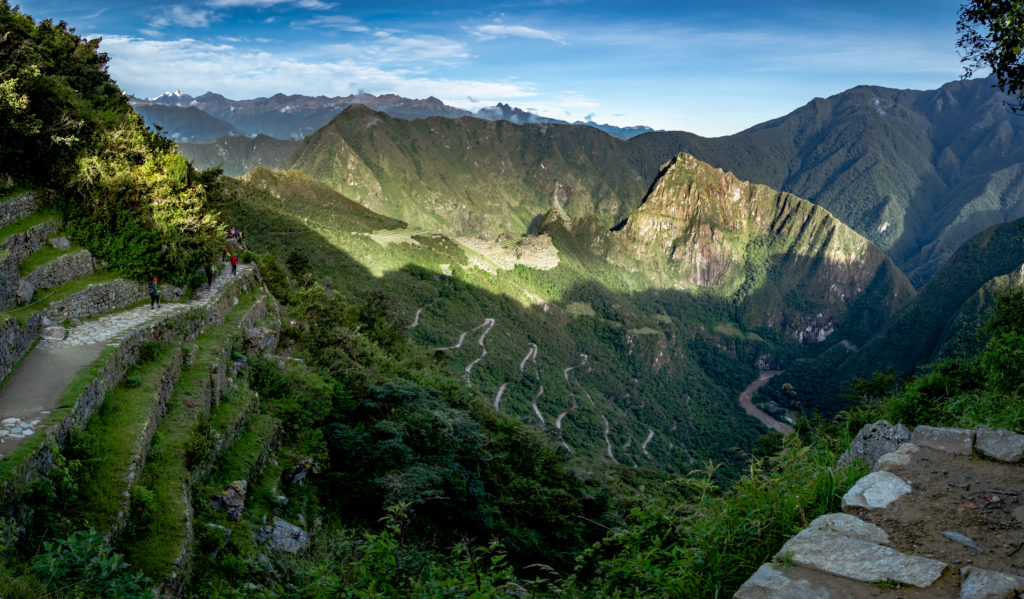
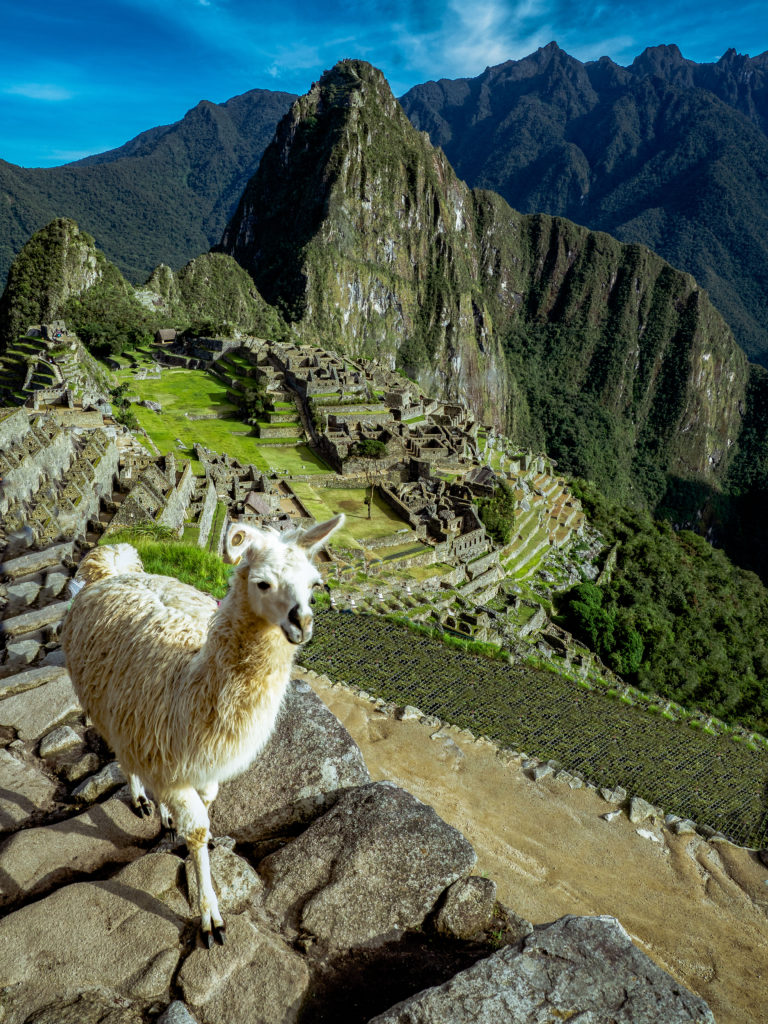
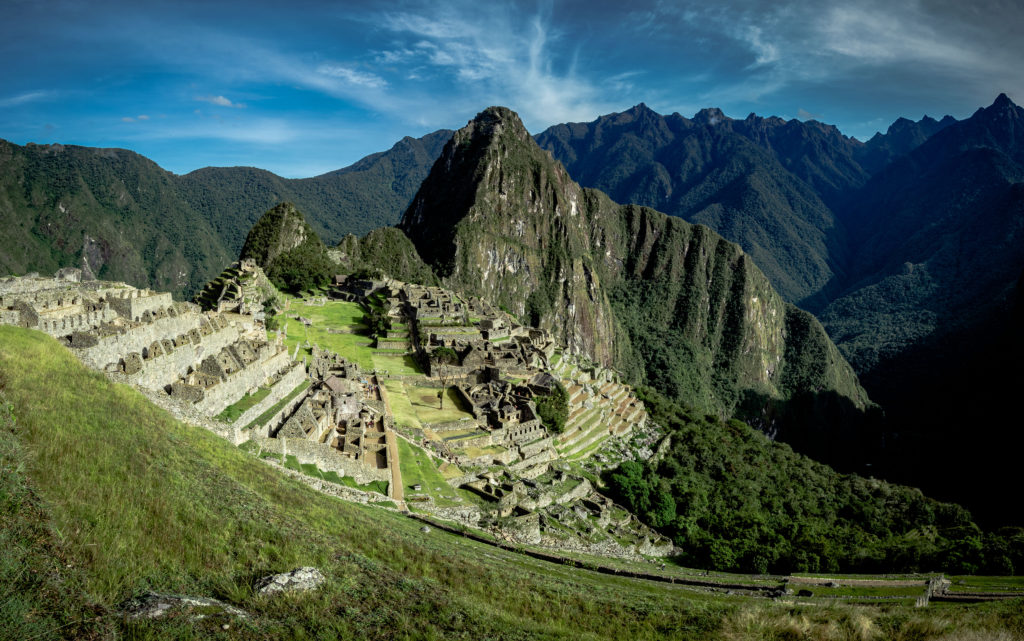
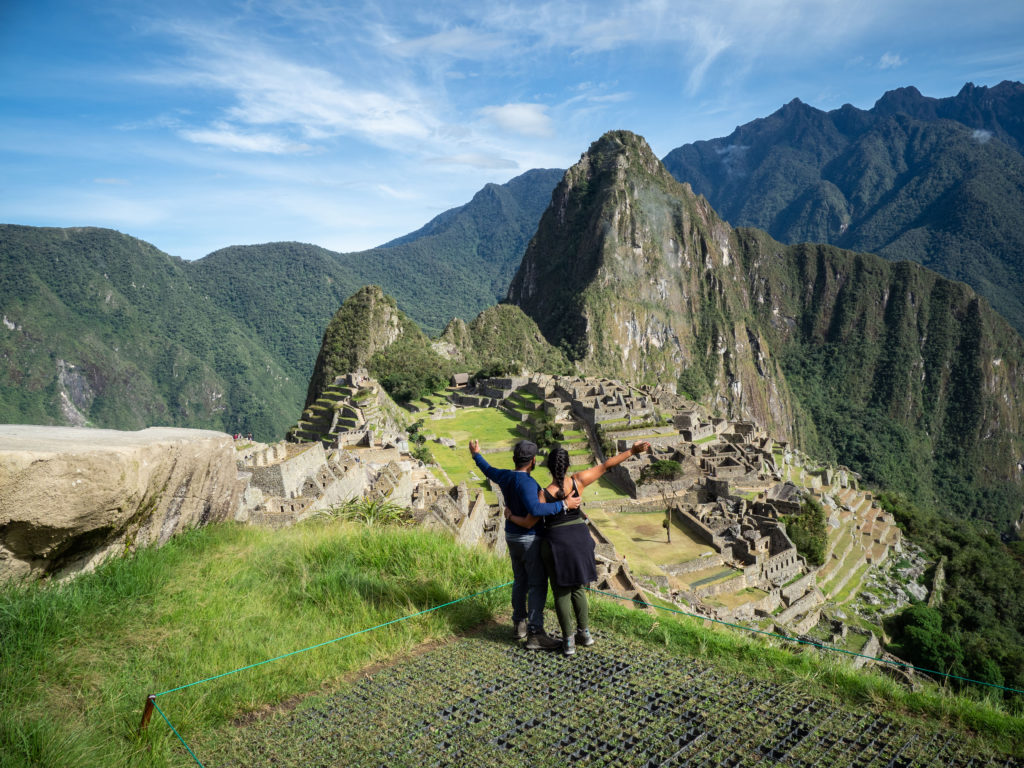
All in all, it was a fantastic experience. A special thank you goes out to our team at G Adventures. Our head guide Rudy, assistant guide Yossep and the team of Porters and Chefs (group 10). The porters carry our additional baggage up to 7kg including sleeping bags and tents etc for the entire trail. They carry up to 25kg each! Having carried approx. 12kg myself (mainly camera gear) I can assure you this was too much weight. How they managed 25kg I will never know. Finally, a big thanks to the amazing friends I made along the way! We got through it together with plenty of laughter and encouragement.
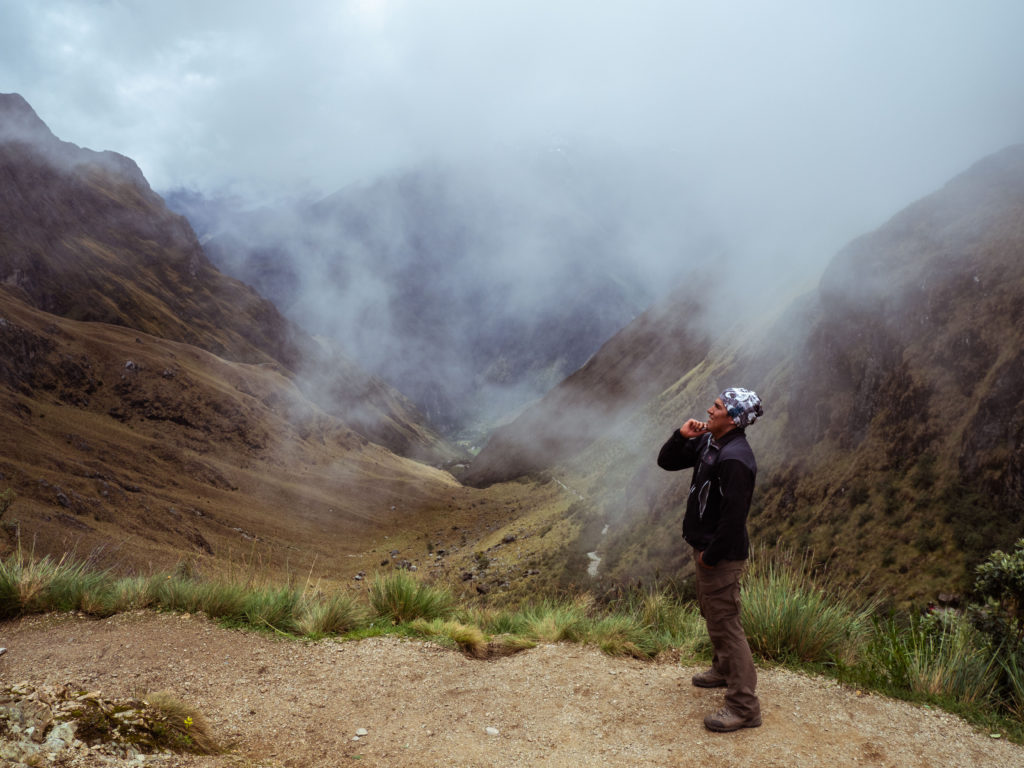
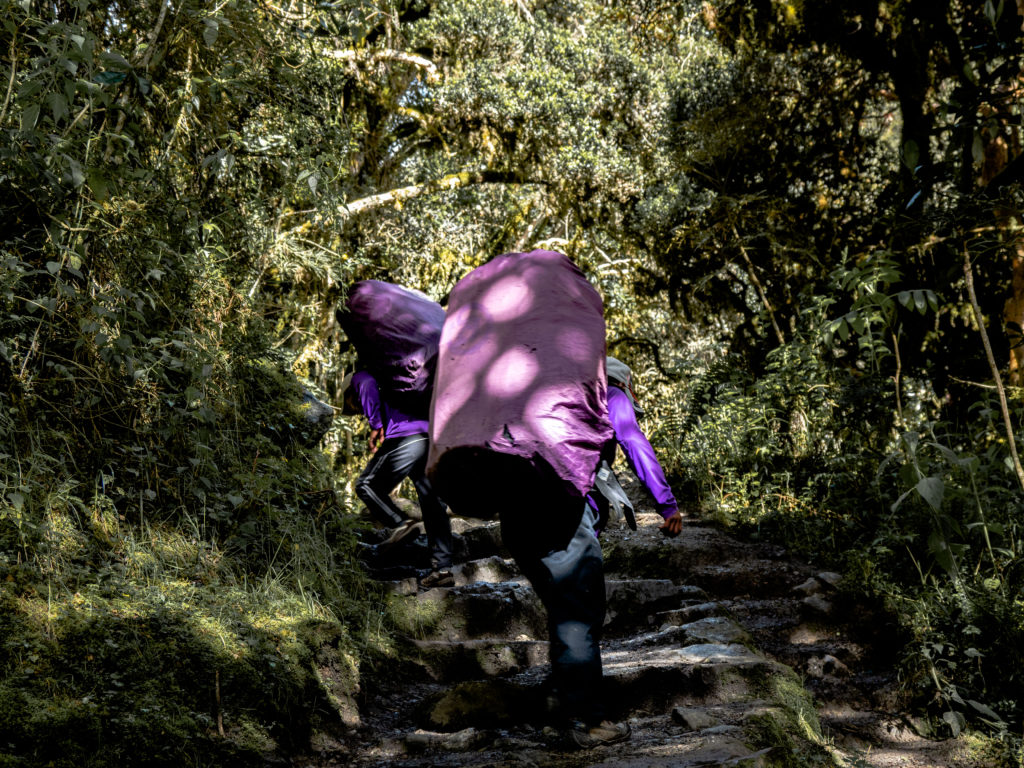
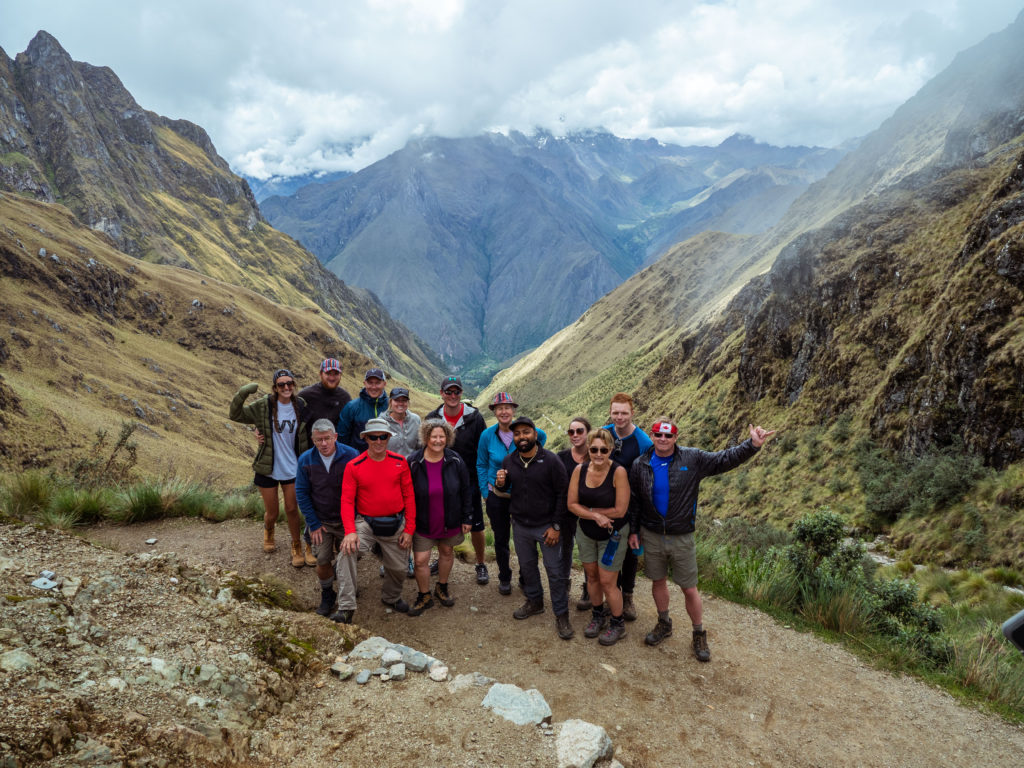
Much Love,
The Resignated Survivors
Highlight of the week: Catching our first glimpse of Machu Picchu in all its glory. We risked going in rainy season and were incredibly lucky that the sky was clear and the views were as good as they could possibly get.
Other notable things: We travelled a few hours out of the city of Lima to Paracas, known as the “poor man’s Galapagos”. Here we witnessed a massive colony of sea lions just doing their thing, and all manner of cool birds. We also visited Huacachina, a weird little oasis situated in the middle of a desert, where we went sand boarding down the massive dunes – something for all the adrenaline junkies out there.
Lessons learned: Machu Picchu is actually pronounced “Ma-choo Peek-choo” and means “Old Mountain”. The way we are used to pronouncing it (“Ma-choo Pee-choo”) actually means “Old Penis”. So that’s why the locals will laugh at you if you pronounce it the wrong way.
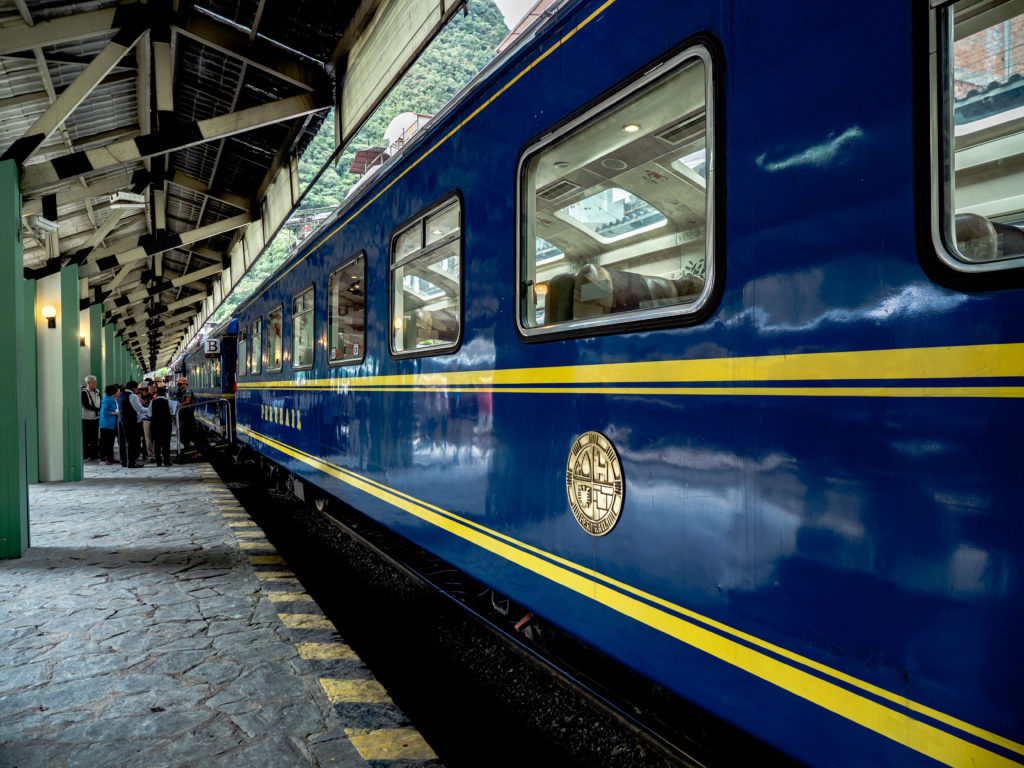
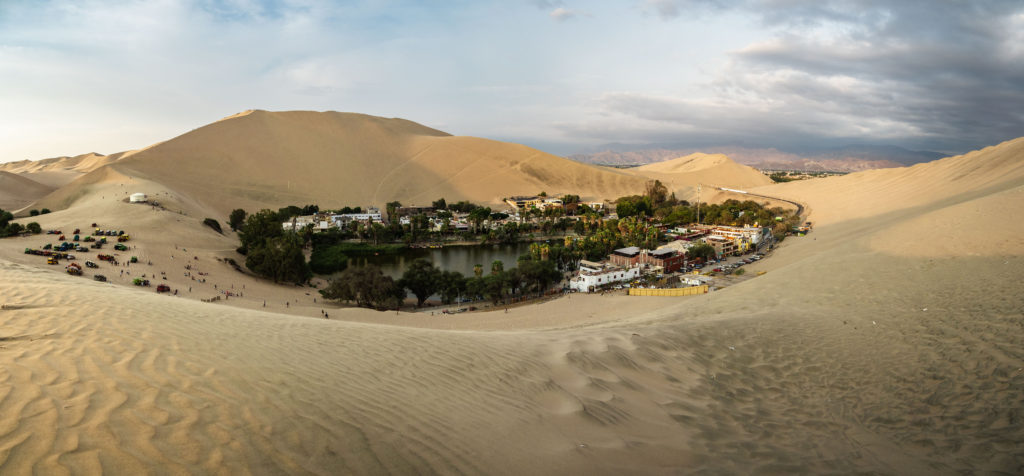
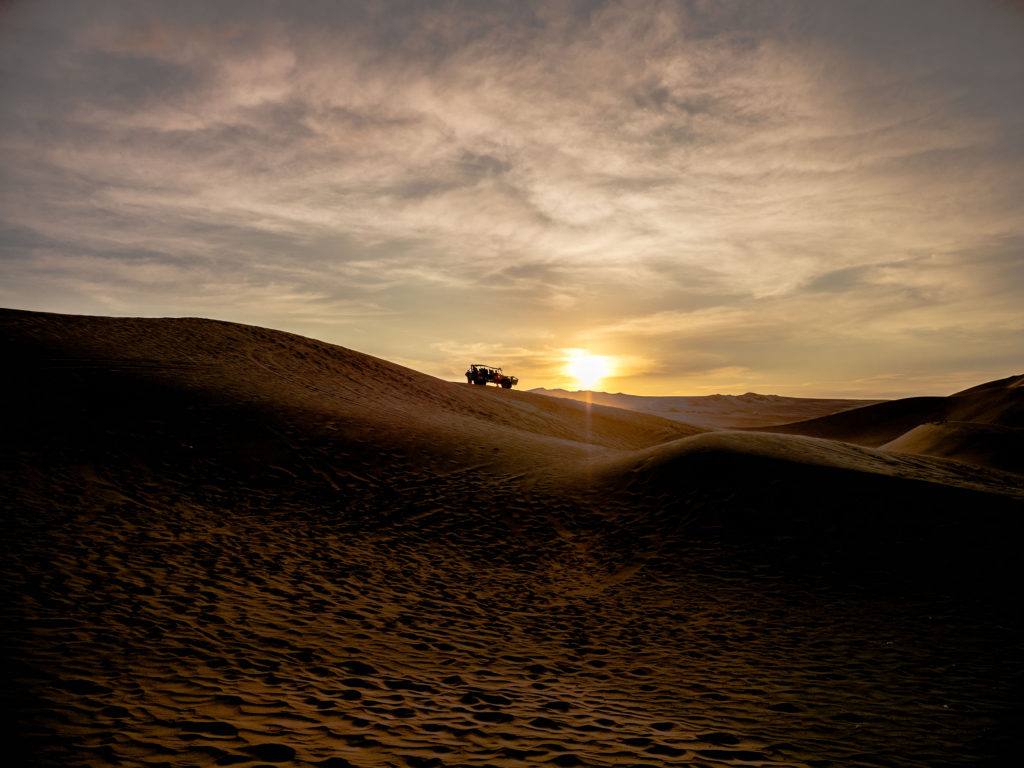
11 Comments
Comments are closed.

The inka trail sounds like
My
Worst nightmare 🙁
The ceviche is life and everything !
Mrs RS is taking some
bOOM photos you go girl !!!!
What an adventure your having x excellent. !!
A wonderfully written blog well done Bhav and Dipesh! It was a pleasure to have met you guys and enjoyed this amazing journey with the both you. Bhav your photos are amazing of the stuff we missed and Dipesh … yours are great too! I’m sad I don’t get to join you for the rest of your travels so I will await your next blog to see how you guys get on! Keep having fun and embracing the bizarre 🙂
Thank you for taking me to a land far away whilst feeding our lil man at some ungodly hour x
Wow guys, another great read, and yet more reasons for me to be jealous!!! Keep enjoying it, the time is flying … we look forward to hearing more soon ?
You both had an amazing adventure taking us on the train and the gruelling trek up and down Manchu Picchu. Peru in its intireity seems a wonderful place. Credit to the photos too . Mrs RS you did good?and Mr RS what I can I Say! Enjoy ,keep safe and keep it coming xxx
Wow, what an adventure, Machu Picchu sounds amazing and still on the list of things to do. Pics are amazing, keep it up x
This post is the best one yet! Partly because you took me down memory lane of my trip to Peru, but also because your description of every thing you saw and ate made me feel like I was with you the entire way. Except for all the meat of course. And Mr RS’s war wound sounds gruelling 😉
Fantastic pictures! Looking forward to the next adventure with you x
Stay safe x
Loving your blog! You make your experiences come alive, and I thoroughly enjoyed reliving the challenging and incredibly rewarding journey we shared. Though the scenery can’t be beat, it’s the people we met on the journey and shared the adventure with that took the Inca Trail and Machu Picchu to the next level. Thanks for being a part of that!!
Wow, my little Dipesh, Ive always known you are special… What a wonderful adventure. How blessed you are to have your better half sharing life with you. Wish you the best my lovely xxx
Mrs RS you should be taking all the pics from what I can see of your photography. Machu Pichu sounds amazing.
Wow that was odd. I just wrote an really long comment but after I clicked submit my comment didn’t appear. Grrrr… well I’m not writing all that over again. Anyhow, just wanted to say excellent blog!